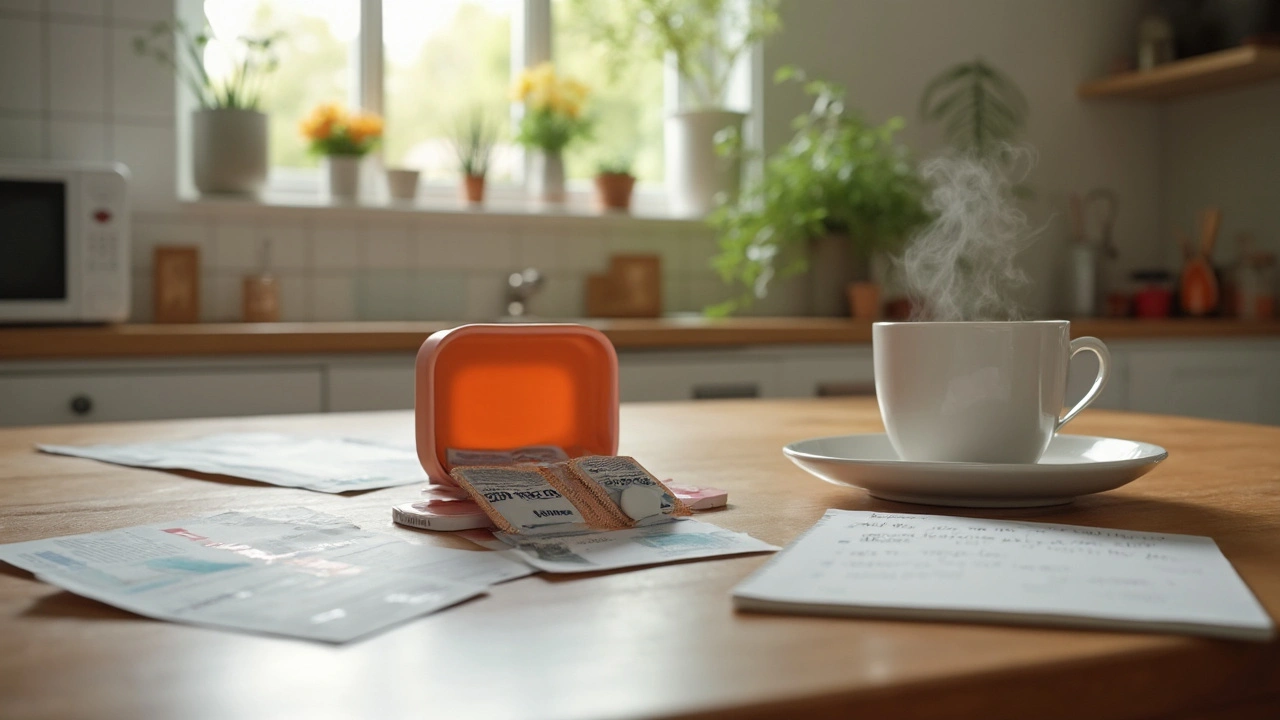Acetaminophen (Paracetamol): Smart, Safe Use
Acetaminophen—called paracetamol in many countries—is one of the most common pain and fever medicines. It works differently than ibuprofen or aspirin and is easier on the stomach, but it can damage the liver if you’re not careful. This page gives clear, practical rules so you can use it without risking harm.
How to use acetaminophen safely
Adults: typical doses are 325–1,000 mg every 4–6 hours as needed. Aim to stay at or below 3,000 mg per day for routine use; 4,000 mg is the absolute upper limit in short-term emergency care. Don’t mix immediate-release and extended-release forms without a doctor’s guidance.
Children: dose by weight—10–15 mg per kg per dose every 4–6 hours as needed. Do not exceed five doses in 24 hours and avoid going over ~75 mg/kg/day. Always use a proper measuring syringe or cup, not a kitchen spoon, and follow the product label for the child formulation.
Watch combination products: many cold, flu, and sleep medicines include acetaminophen. Read labels so you don’t unknowingly take two acetaminophen-containing drugs at once. That’s one of the most common causes of accidental overdose.
Short-term vs long-term: occasional use for a headache or fever is fine for most people. Regular daily use for weeks? Talk with your doctor—there may be safer options depending on your condition and liver health.
Interactions, risks, and what to watch for
Alcohol raises liver risk. If you drink daily or binge drink, even normal doses of acetaminophen can be dangerous. People with known liver disease, chronic hepatitis, or severe malnutrition should avoid it or use it only under medical advice.
Some medicines interact: warfarin users should check with their doctor because repeated acetaminophen can affect blood clotting tests and bleeding risk. Always tell your prescriber about over-the-counter medications you take.
Signs of overdose: nausea, vomiting, abdominal pain, sweating, and later jaundice or confusion. Early symptoms can be mild—don’t wait for severe signs. If you suspect an overdose, call your local poison control center or emergency services immediately; antidote treatment works best when started early.
Practical tips: store meds out of reach of children, keep original packaging, use correct dosing tools, and mark the time of each dose so you don’t double-dose. If you’re unsure about dosing for a child or mixing products, call a pharmacist or your doctor first.
Need more help? Our site covers related topics like comparing acetaminophen with NSAIDs, safe alternatives, and tips for buying medications online safely. When in doubt, ask a healthcare professional—simple questions now can prevent major problems later.

